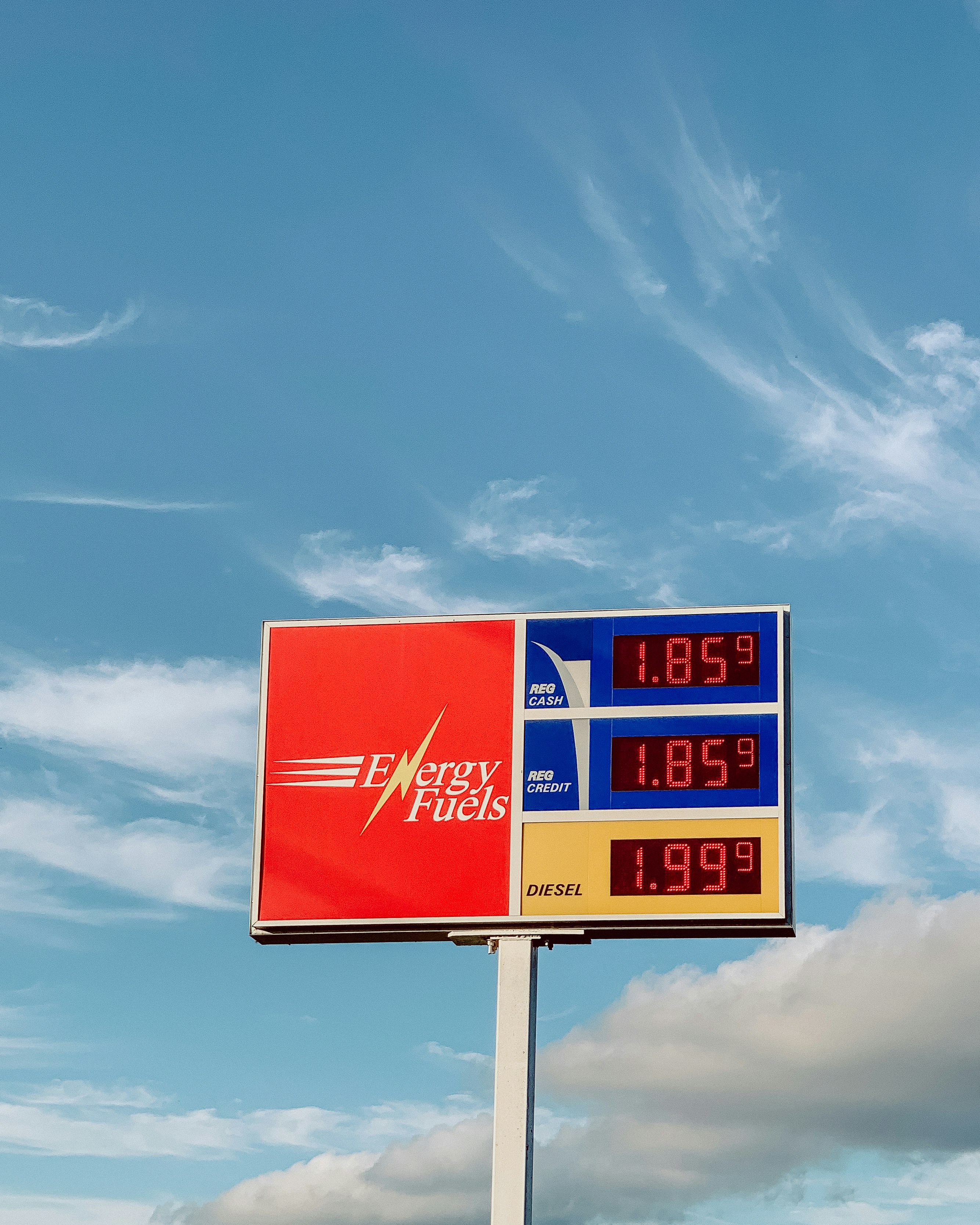Fuel prices are a constant topic of conversation, concern, and sometimes frustration for consumers, governments, and businesses alike. From the pump to the global stage, the cost of fuel can seem to rise and fall with no clear reason. However, the volatility of fuel prices is not arbitrary—it is the result of a complex interplay of global economics, geopolitics, natural events, and market speculation. In this article, we will explore the key reasons why fuel prices are not stable and what factors contribute to their frequent fluctuations.
1. Crude Oil Prices: The Foundation of Fuel Costs
At the heart of fuel pricing is crude oil. Fuel—whether gasoline, diesel, or jet fuel—is refined from crude oil, which is traded globally. The price of crude oil is determined by supply and demand dynamics in the international market. When crude oil prices go up, fuel prices tend to follow.
Several factors can affect crude oil prices:
- Supply disruptions: Conflicts in oil-producing countries, natural disasters, or sanctions can reduce the supply of oil.
- OPEC decisions: The Organization of the Petroleum Exporting Countries (OPEC) controls a large share of the world’s oil production. Their decisions to increase or reduce production can significantly impact global oil prices.
- Global demand: Economic growth in countries like China and India increases demand, pushing prices higher. Conversely, during global downturns or pandemics (like COVID-19), demand can collapse, causing prices to fall.
2. Geopolitical Tensions and Conflicts
Fuel prices are heavily influenced by international relations. Oil-producing regions, particularly the Middle East, are often subject to political instability. War, terrorism, sanctions, or diplomatic tensions can lead to fears of supply disruptions, even if they don’t immediately affect output. These fears alone can drive up prices through speculation and market uncertainty.
For example, tensions between the U.S. and Iran, or conflicts involving Russia—especially given its role as a major energy supplier—have historically caused oil prices to spike.
3. Currency Exchange Rates
Because crude oil is traded in U.S. dollars, the value of local currencies against the dollar affects the price of imported oil in different countries. If the dollar strengthens, countries that import oil have to pay more in their own currency, raising the local cost of fuel. Conversely, if a country’s currency weakens, fuel becomes more expensive even if the global price of crude remains stable.
4. Refining and Distribution Costs
After oil is extracted, it must be refined into usable fuel. Refining is a complex, energy-intensive process that incurs significant costs. These costs can vary due to:
- Maintenance or shutdowns of refineries
- Changes in environmental regulations that require cleaner, more expensive refining processes
- Seasonal variations (e.g., special blends for summer to reduce smog)
Distribution and transportation of fuel from refineries to stations also add to the final price. Changes in these logistical costs—due to strikes, fuel shortages, or infrastructure damage—can lead to local price variations.
5. Taxes and Government Policies
Government taxes and regulations also influence fuel prices. In many countries, a large portion of the price paid at the pump consists of taxes. These taxes can change based on political decisions, environmental goals, or economic needs.
Additionally, subsidies or price caps introduced by governments to shield consumers from high prices can distort the market. When subsidies are removed or reduced, prices may spike suddenly.
6. Market Speculation
Fuel prices are also influenced by the financial markets. Traders buy and sell oil futures based on their expectations of future supply and demand. This speculation can cause short-term price swings, as traders react to economic news, forecasts, or unexpected events.
Even rumors or predictions—such as a potential hurricane in the Gulf of Mexico or an anticipated slowdown in China—can lead to price movements, sometimes disconnected from current supply and demand realities.
7. Seasonal Demand
Fuel consumption patterns vary throughout the year. In many regions:
- Summer: Increased travel leads to higher demand for gasoline.
- Winter: Higher heating oil use can drive up demand.
These seasonal changes cause fluctuations in prices, especially when combined with other factors like refinery maintenance schedules.
8. Natural Disasters and Weather Events
Hurricanes, earthquakes, floods, and other natural disasters can disrupt oil production, refining, or transportation. For example, a hurricane hitting the U.S. Gulf Coast—a hub for oil production and refining—can temporarily shut down operations, limiting supply and causing price spikes.
Similarly, unusually cold winters or hot summers can increase energy demand, straining supply and pushing prices upward.
Conclusion: A Perfect Storm of Variables
Fuel prices are far from stable because they are affected by a vast and interconnected set of factors. While this may be frustrating for consumers, it reflects the reality of a global commodity that is deeply tied to economic, political, environmental, and market forces.
Understanding these factors can help individuals and businesses better anticipate changes and adapt accordingly. It also underscores the importance of energy diversification, investment in renewable sources, and strategic fuel reserves to help mitigate the impact of price volatility in the future.


